Everyone who gardens knows that homegrown food is more delicious than what you can buy in the store. Strawberries are the prime example.
Since a perfectly ripe strawberry is even more juicy and soft than a ripe peach, they are practically impossible to pick and transport commercially. Industrial farms grow hardy breeds of strawberries that hold up better to handling but are relatively hard and flavorless. Good strawberries, if you can find them at your farmers market, are expensive.
I put off planting strawberries for a long time because I didn’t have a place to plant them permanently, and I didn’t want to be dragging around potted plants. But there really is nothing like a homegrown strawberry, perfectly ripe, still warm from the sun.
And if you do have to move unexpectedly or leave your strawberries for some reason, consider the gift you are leaving to the next gardener lucky enough to follow you.
Strawberries are quite easy to grow, in the right climate. Here are some tips and tricks to picking great varieties, preparing to plant, and keeping pests away—because all kinds of critters want a bite of those sweet, sweet strawberries.
Strawberry Basics
Strawberries are a hardy, long-living perennial with native varieties occurring in temperate regions throughout the world. The modern strawberry is a hybrid descendant of two New World breeds—one from Chile and the other from America.
The wild American variety produces tiny, brilliantly sweet fruit, smaller than the tip of your pinky finger. When I was a child, they were my favorite treat to hunt for on hikes in temperate mountains during June and July.
https://www.instagram.com/p/BQZCMVlgK7i/?taken-by=tularosafarm
Over the last 300 years, strawberry breeders have created many varieties that produce well in most climates. Like tomatoes, strawberries varieties are categorized based on when they bear fruit.
- Everbearing varieties produce multiple crops throughout the season.
- Day-neutral varieties produce steadily throughout the season.
- June-bearing varieties produce just one crop (not necessarily in June, the name is somewhat misleading).
As a general rule, the more berries per season that a plant produces, the less energy it will use to produce runners and promote growth. The size and flavor of the fruit varies—from the hard, bland strawberries the size of crabapples grown by commercial growers, to small, squishy heirloom varieties.
Strawberries usually fruit in their first year, and throw out runners that year also. If you allow them to establish for one season, the runners can be divided and replanted. In good conditions, if allowed to reproduce unchecked, some varieties can form a loose ground cover, although they still require weeding.
https://www.instagram.com/p/BWAgYF1BAqL/?tagged=growingstrawberries
Since strawberries are a perennial, you must pick a variety that can withstand the most extreme temperatures in your climate. Strawberries are not happy when they’re too hot or too cold.
The biggest strawberry farms are in the temperate, coastal parts of Washington and California, but there are varieties suited for many climates.
Conditions For Strawberries
Strawberries want full sun, well-drained soil, and not too much wind exposure. If your growing location has steady wind, like some coastal regions do, plant the strawberries in the lee of a building or consider planting a hedge as a windbreak.
Strawberries are self-pollinating, which means you don’t need more than one plant to produce berries, and they don’t require pollinating insects. However, the best yields of fruit come when there is a healthy population of bees and other pollinators.
Strawberries grow best between 65 and 75 degrees Fahrenheit. While the plants themselves are hardy to high temperatures and freezing temperatures, they won’t flower or fruit if it’s too warm or too cold.
https://www.instagram.com/p/BcJ9YY5lr1D/?tagged=homegrownstrawberries
As long as the plant is getting plenty of water, a very hot summer won’t hurt it, but if it gets too hot, the plants won’t flower and won’t produce fruit.
Likewise, a hard frost (below 28 degrees Fahrenheit) while the plants are flowering will kill the blossoms and harm the fruit harvest. As always, research what varieties grow best in your climate and check your seed packet for ideal temperatures.
Speaking of seeds, most people don’t actually plant strawberries from seed. Strawberry seeds are particularly finicky and difficult to germinate. They need very precise temperature, humidity, water, light, and air circulation, and can take up to six weeks to sprout. After that, they can be transplanted into larger pots and gradually hardened off by exposing them to cool temperatures before planting.
https://www.instagram.com/p/BhzBaOXj9UW/?tagged=growingstrawberries
While it’s uncommon, if the seeds are started in a heated greenhouse in December or January, you could get a fruit crop the first year. Given the headache involved, most people, myself included, plant year-old strawberry starts. You can order starts from seed companies.
Planting
When you plan your garden bed for strawberries, choose carefully. This will be your strawberry bed for the next 3-5 years or more, if you’re lucky. It is possible to move established strawberries but transplanting damages the roots and sets you back at least a year in harvesting as the plants establish.
Before planting, get to know your soil. Soil quality is especially important for growing a perennial like strawberries, since you won’t be able to turn the soil after you’ve planted. Giving your soil the best possible start will prevent headaches down the road. That includes incorporating lots of organic matter, amending to adjust pH, and focusing on getting a great soil texture.
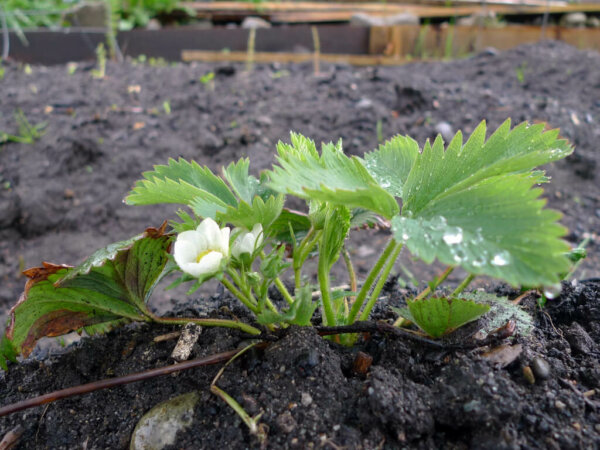
Strawberries like light, sandy soils that drain well. Soil texture is very difficult to amend, so if you have heavy, clay soils, consider planting into raised beds where you have control over the soil texture, rather than directly into the ground. You can fertilize to add nutrients after the starts are planted, but you won’t be able to incorporate any new material into the soil.
Plant your crowns 18-30 inches apart, at a depth where the soil just covers the root structure and not the base of the plant stems. Leave a wider distance between the plants if you plan to allow the runners to root themselves. Plant in the early evening or on a cloudy day to prevent stressing the plant with heat during transplanting.
Care
Weeding is the biggest part of strawberry maintenance. With all perennials, since the soil is not being tilled each spring to disrupt the weed seed bank, weeds are persistent and pervasive. Staying on top of them and not letting weeds go to seed nearby is helpful.
You can use a trowel or hoe to disrupt very small weeds before they become established. This has to be done once or twice a week, especially during the spring, in order to keep them from overtaking your berries.
Another technique to control weeds is to use a ground cover material like organic mulch, ground cloth, or black plastic. Along with weed suppression, ground covers warm the soil, retain moisture, and keep the fruit itself from touching the ground and transferring disease.
https://www.instagram.com/p/Ba7gRDXBlKp/?tagged=growingstrawberries
Using ground cover will save you from those weekly weeding parties, but if you have a large strawberry patch, ground cloth or black plastic can get expensive. Organic mulch will rot away and need to be reapplied. Also, if you live in a very wet climate, these coverings can harbor fungal diseases underneath.
Whatever method of weed control you use, the most important thing is to start early in the season, as soon as weeds germinate. Keep at it regularly so that weeds never get firmly established. Especially with young strawberries, vigorous weeding around them can disturb their roots.
Strawberries need plenty of water, especially during their fruit-bearing times.
Propagation
All strawberry varieties throw out runners, some more vigorously than others. As a general rule, the more energy a plant puts into producing runners, the less energy it will have for making fruit. If you want the greatest possible fruit harvest, cut back the runners regularly. The opposite is true too, if you want to encourage propagation, pluck off the blossoms as they develop to prevent fruiting.
However, if you want to cultivate more strawberry plants, learning to nurture strawberry runners is the ideal way of propagating, since the berries are difficult to start from seeds. Runners will sit on the soil surface developing for several days before they begin to develop root structure.
https://www.instagram.com/p/BWswqwvhdbV/?tagged=propagatingstrawberries
Once they do, they will root themselves. You can make the process more orderly by planting the runners yourself. This ensures that each plant has the maximum amount of space and sun. A good time to do this is each day when you water. Check the runners, and if any of them are developing root nubs, pat them gently into the soil surface.
Another clever trick to propagating strawberries is to use an old egg crate to root runners in. Put soil in the container and leave it beside your strawberry plant. As the runners become mature for rooting, coax them to root in one of the egg carton spots. Then you won’t have to dig them up again to move them to a new spot. They are already neatly separated and ready to move for replanting.
Mulching And Maintenance
If your climate consistently has frozen soil during the winter, you should mulch your strawberry plants with straw, grass clippings, or compost. Just like mulching garlic or other over-wintering plants, apply mulch after your first frost date and before the ground is fully frozen.
A thick layer of mulch helps protect the crown and root system from freezing temperatures, as well helping to hold moisture in the soil, suppress weeds, and enriching the soil with organic matter. If you live in a temperate climate that doesn’t freeze hard, mulching is not necessary and can even be detrimental in wet climates, as mulch holds moisture.
https://www.instagram.com/p/BWnSiWmhFmp/?tagged=strawmulch
Mulching too early can hold excessive dampness around the plant during autumn rain and cause rotting. Likewise in the spring, the mulch should be carefully raked off after permafrost has stopped and before the first steady rains.
The key time is when the plant has stopped putting energy into the upper part of the plant for the season. A good sign of this is when the foliage begins to look wilted, limp, or flat. By this time the strawberry leaves should also have turned red and orange.
Harvest And Storage
Depending on your variety of strawberries, you may have one large harvest or a steady production throughout the year. The berries are ready when they are a deep red and come off the vine easily.
Once harvested, strawberries are a versatile ingredient and also easy to preserve. They can be canned, mixed with apples in strawberry applesauce, dehydrated, or just washed and frozen.
https://www.instagram.com/p/BdSxXwUnLkX/?tagged=growingstrawberries
Almost everyone has a favorite recipe for fresh strawberries. From strawberry lemonade, strawberry shortcake, chocolate dipped strawberries and other sweets, to savory dishes like strawberries in salad, on pizza, or in salsa accompanying meat or fish.
Strawberry-Basil-Balsamic Ice Cream
I first tried this refreshing ice cream at a co-op grocery and knew I had to go looking for a recipe to try at home. However, this combination of flavors is not exclusive to ice cream.
https://www.instagram.com/p/Bhl8IdLAald/?tagged=strawberrybasil
I have seen recipes using these ingredients as the basis for a jam, chutney, glaze, salad, cocktail ingredients or even as pizza toppings. Go wild!
Ingredients
- 2 cups cleaned and cut strawberries
- 1 ½ cups half and half, heavy cream or coconut milk
- ½ cup honey, maple syrup, or sugar
- ¼ cup thinly sliced fresh basil
- ¼ cup limoncello
- 2 or 3 tablespoons balsamic vinegar to taste
Directions
- Add the strawberries, cream, sweetener, and limoncello to a blender.
- Blend, adding the balsamic vinegar and basil gradually, to taste. (The balance of flavors is important).
- Let the blended liquid stand in the refrigerator for several hours to let the flavors meld.
- Once the mixture is chilled, run it through your ice cream maker, following the normal user instructions, or make by hand blending and freezing for thirty minutes repeatedly until it is the desired consistency.
Whether you are just starting out, or if you are an experienced strawberry grower who is looking for new tips, always remember to ask other gardeners, local experts, farmers at the market, specialists at your county extension or members of your local master gardener program. As always, when we are farming or gardening, the most important thing we are cultivating is community.




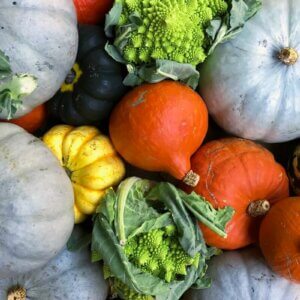
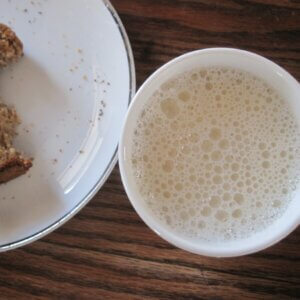


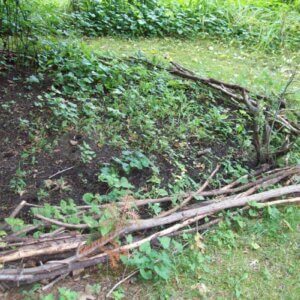






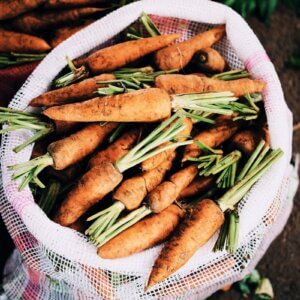




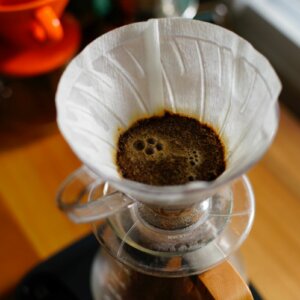



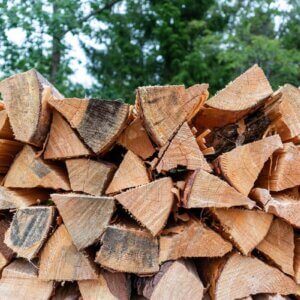
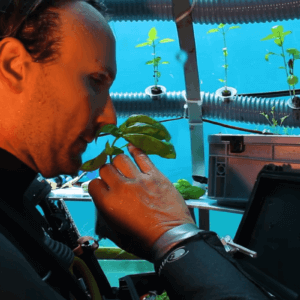




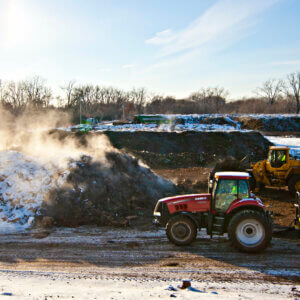




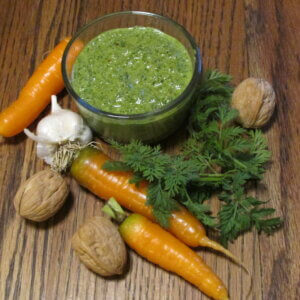




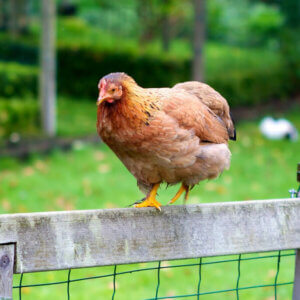

Leave a Reply